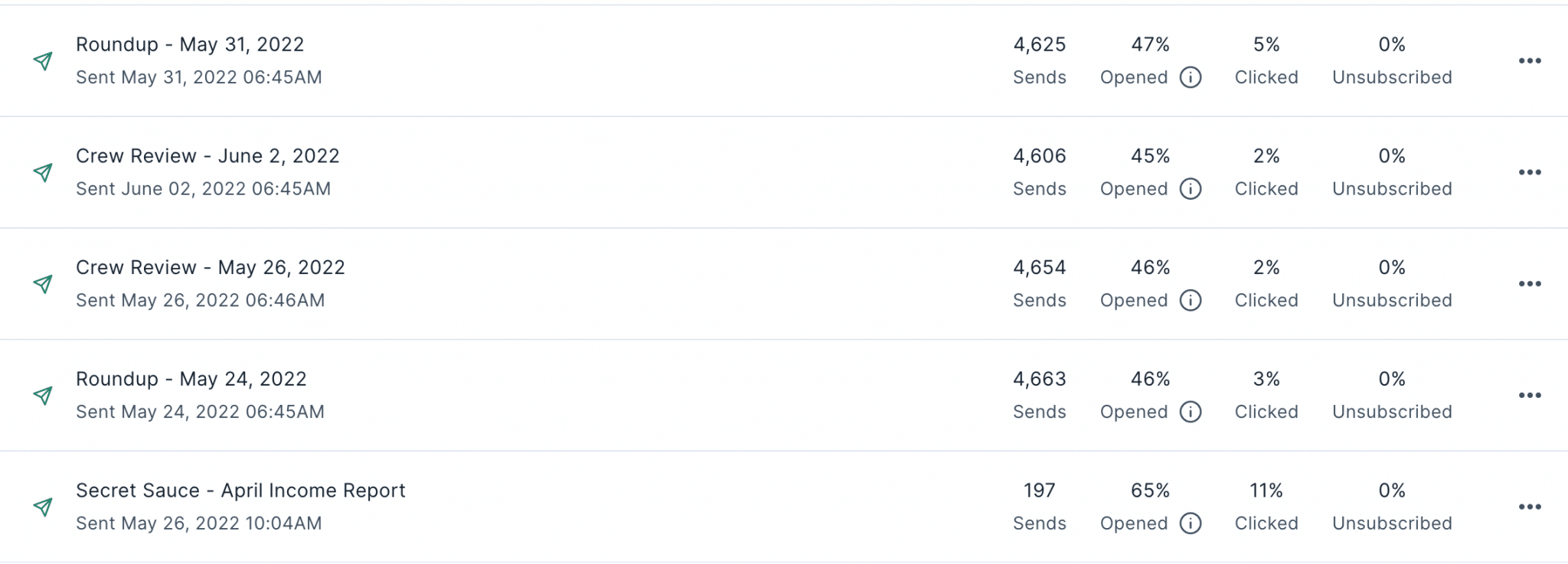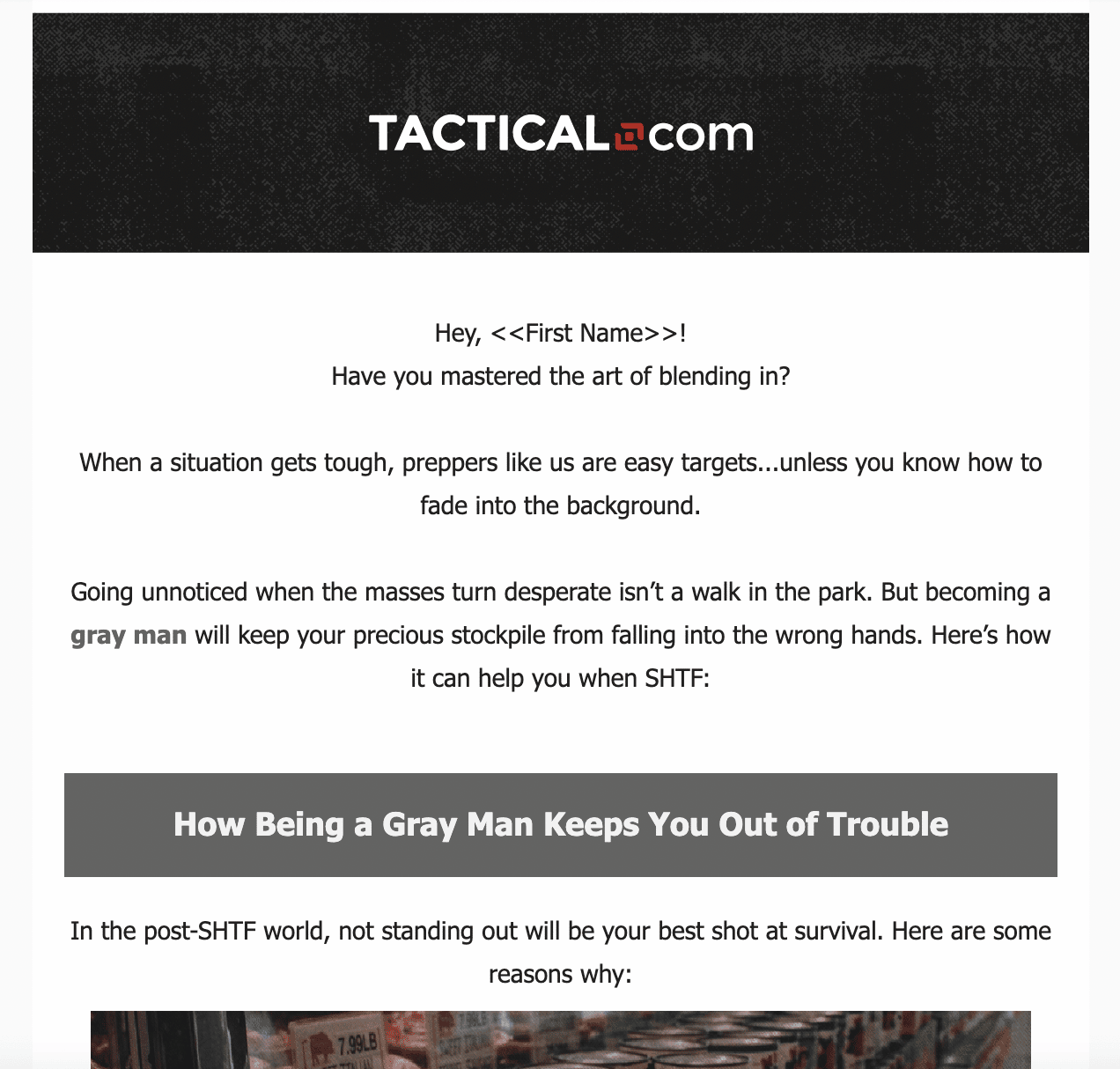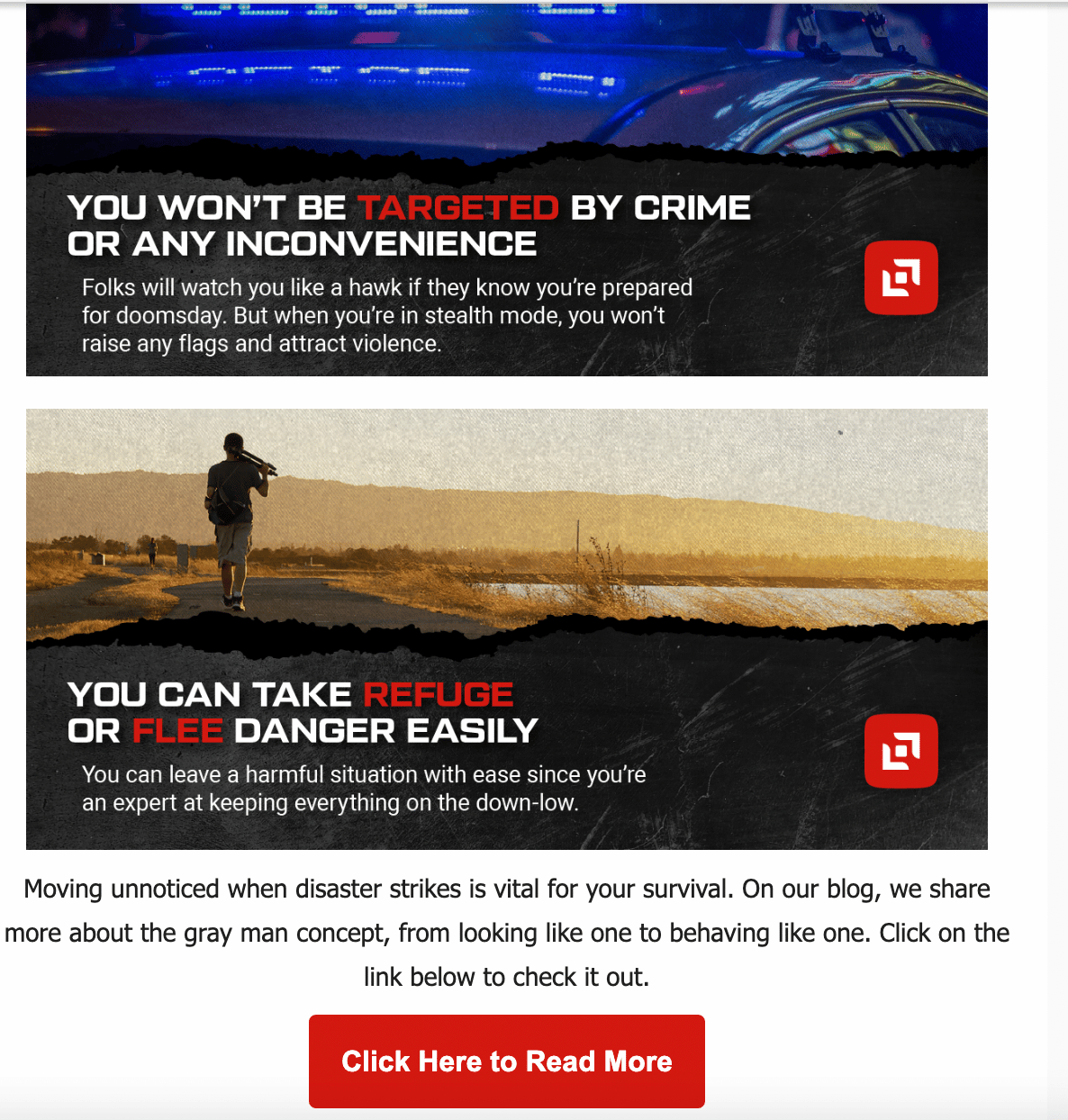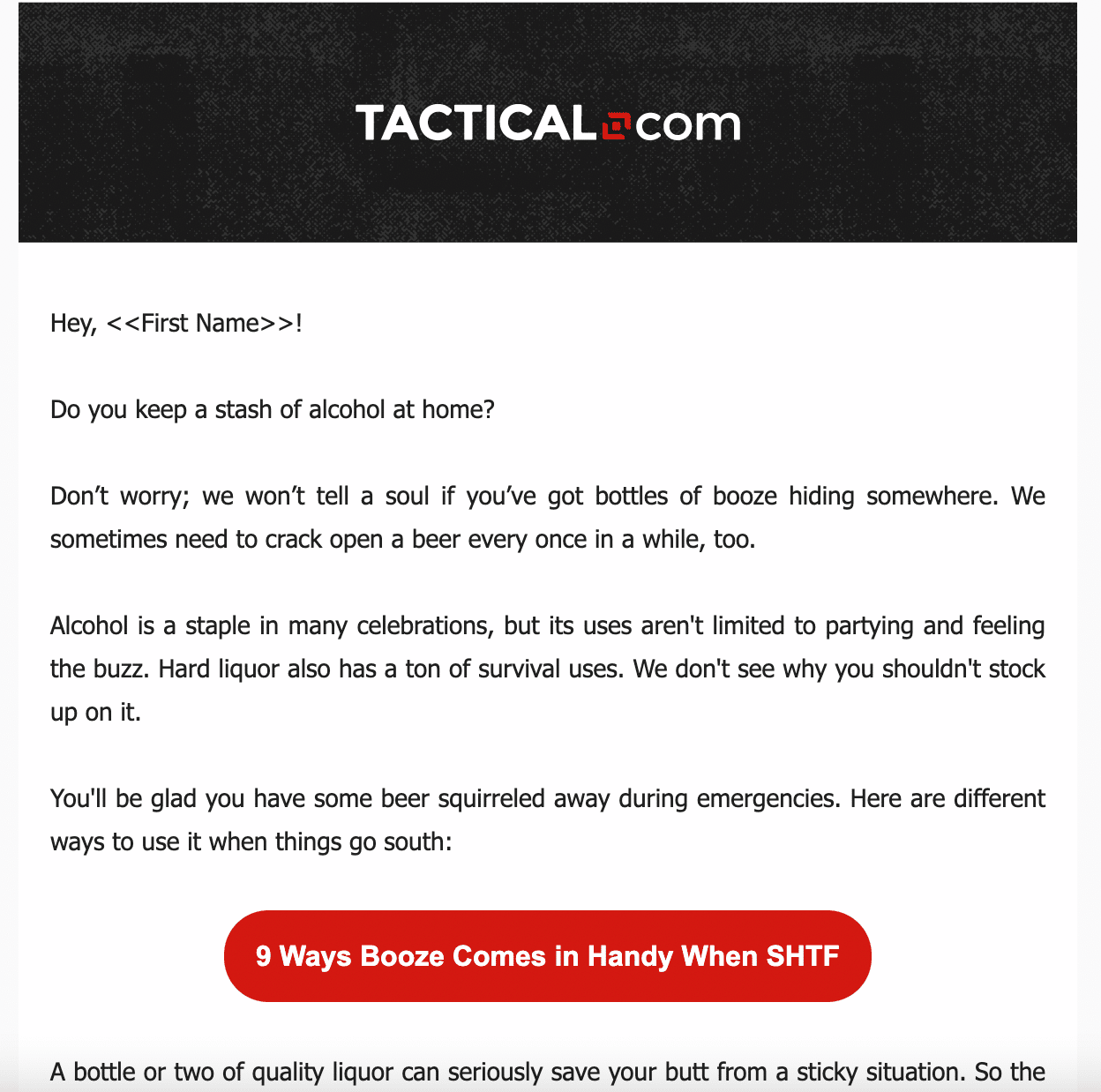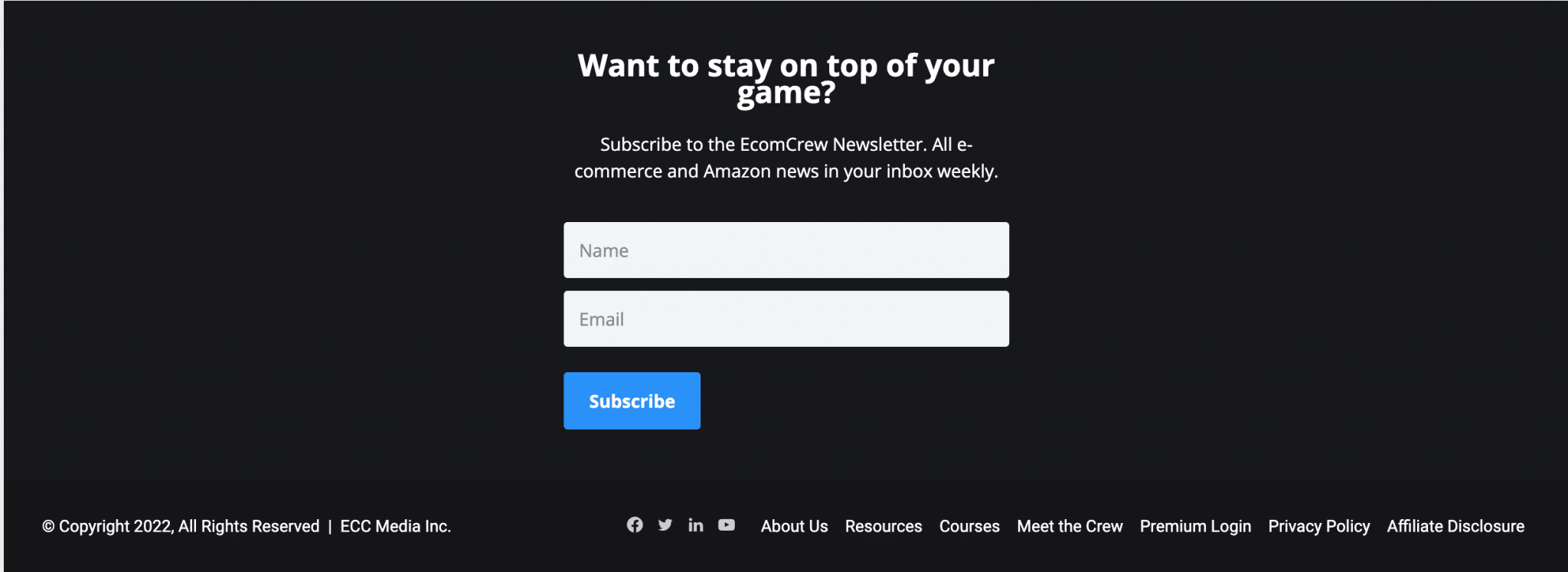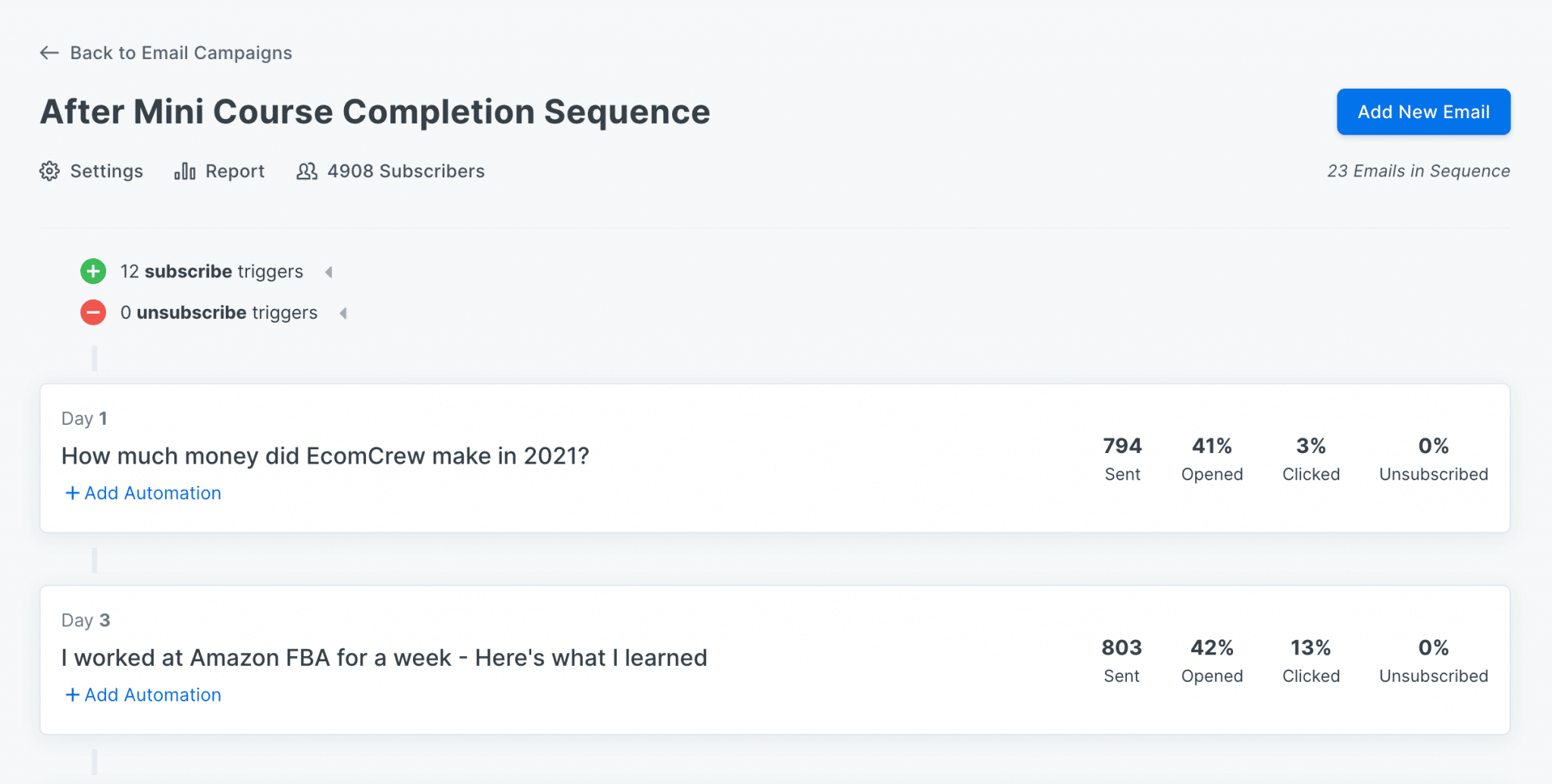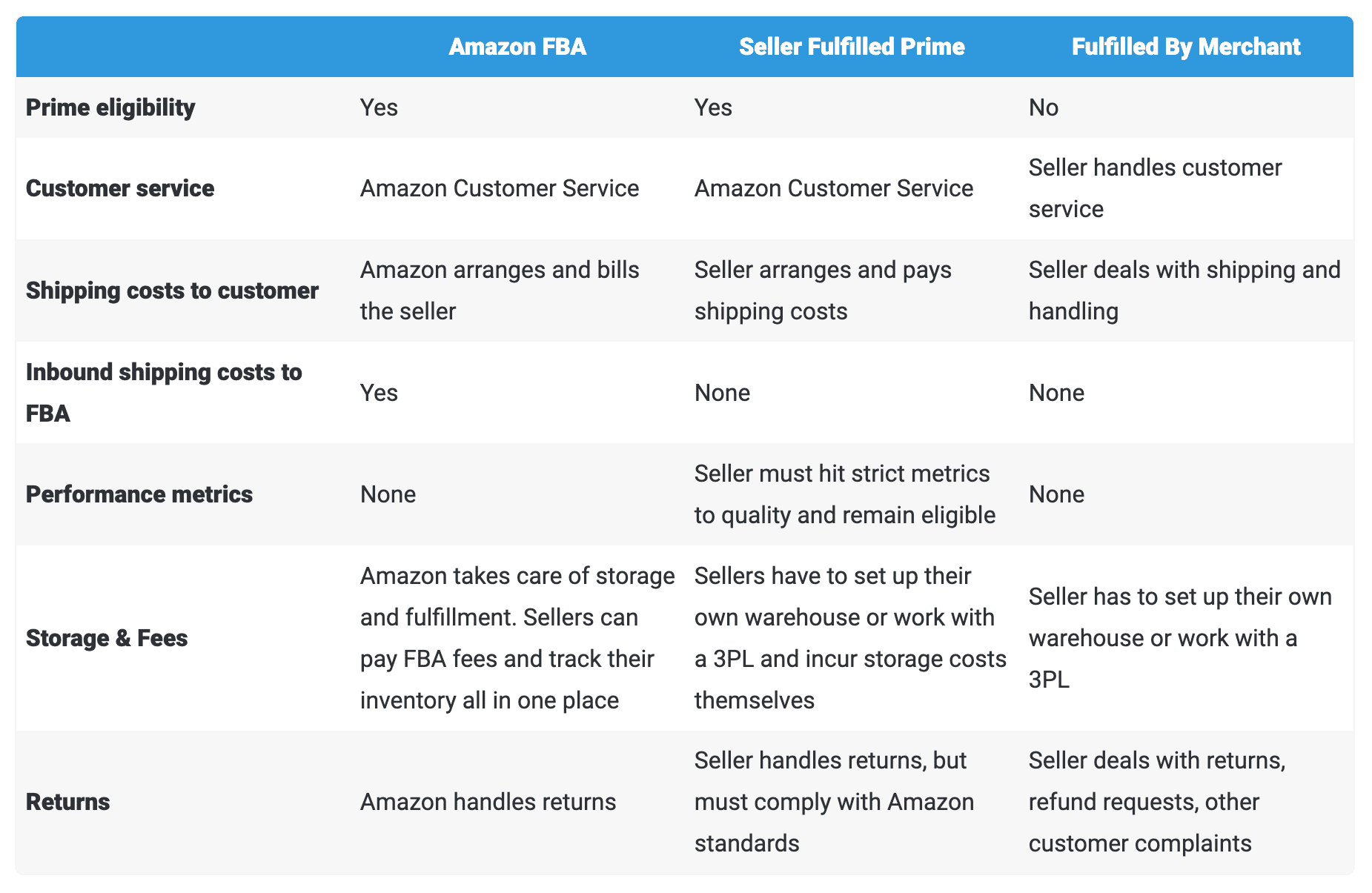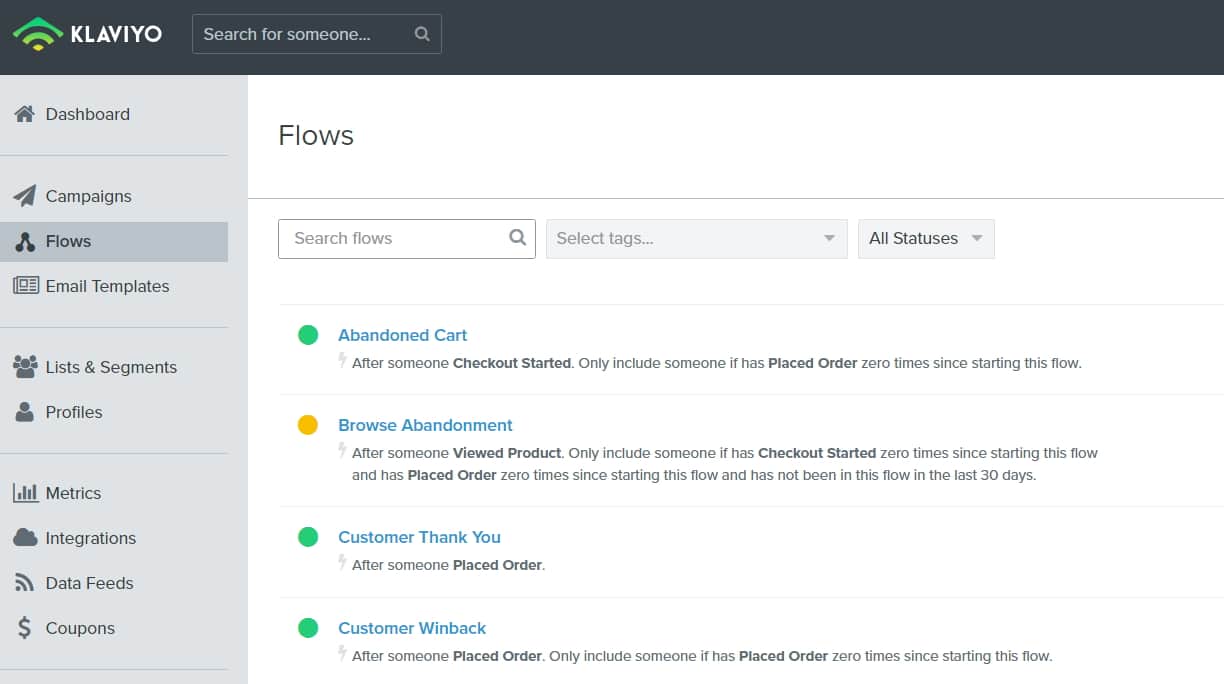The Ultimate Guide to Email Marketing
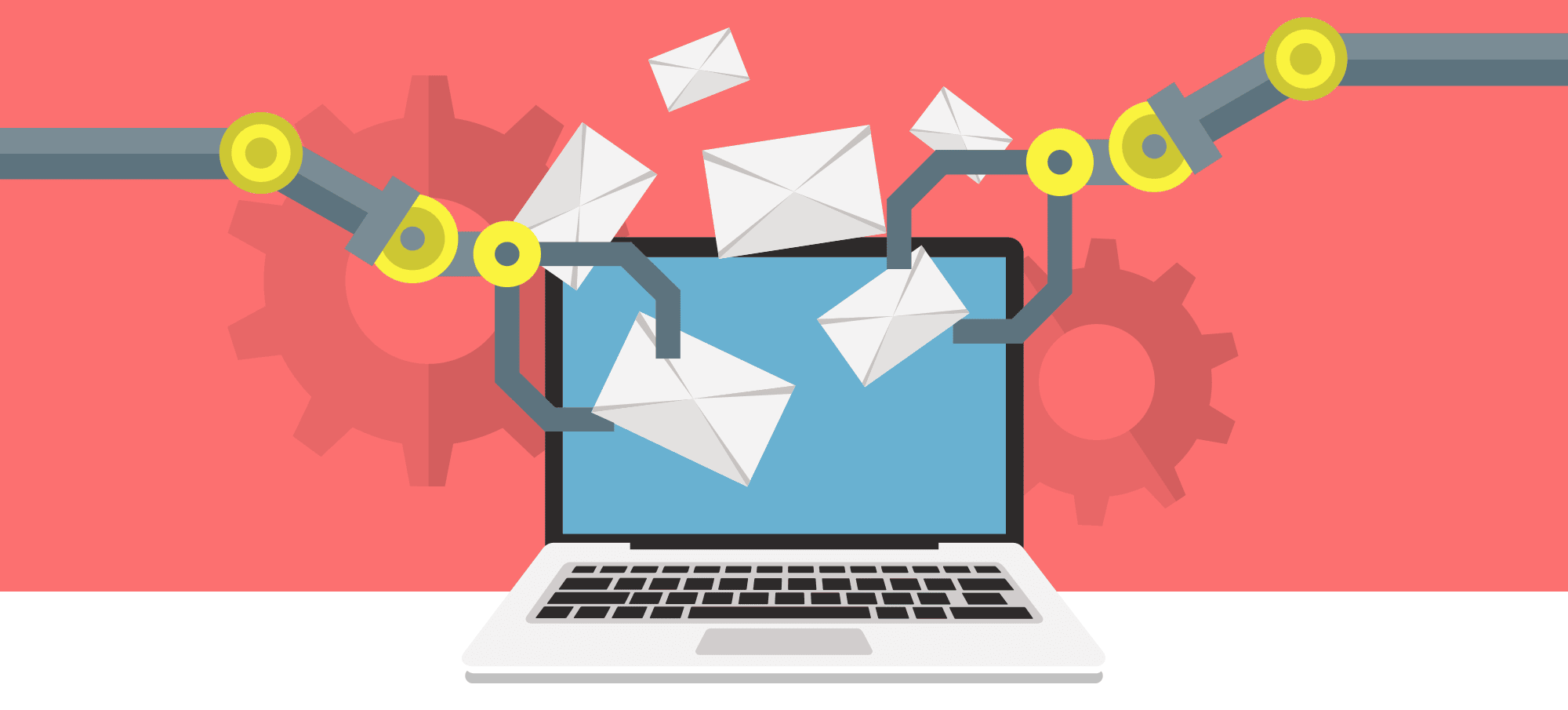
This article contains affiliate links that will allow us to earn commissions without any extra cost to you. Read our full disclosure here.
The humble email has come a long way since its inception. What used to be a means of private correspondence has become a powerful business tool.
After all these years, even with more modern and tech-forward channels emerging, email continues to be a relevant and effective means of marketing.
While email seems like a fairly simple medium compared to others, it all boils down to getting the message across, literally and figuratively.
If you’re looking to ramp up your marketing and boost those conversions, here’s how you can ace your emails.
Contents
-
- Why Is Email Important?
- What Makes a Good Email?
- What Does a Good Email Look Like?
- What Is Email Automation?
- Why Should I Invest in Email Automation?
- What Software Should I Invest In?
- What Is an Email Flow?
- A/B Test Your Changes and Segment Your List
- When Is the Best Time to Send Out Emails?
- What Metrics Should I Be Looking At?
- What Are UTM Trackers and How Do I Generate Them?
- Final Thoughts
- Why Is Email Important?
Why Is Email Marketing Important?
Until today, e-mail remains an integral part of daily online life. In 2020, there were four billion email users worldwide. By 2025, this is expected to grow to 4.6 billion. Here are the figures in more detail.
With these stats in mind, it’s clear that it would be a missed opportunity not to take advantage of email and its existing network of users.
For ecommerce sellers, here are some of the advantages of email over other marketing channels:
It’s a way to get in touch with your customers. Whether they’re a recent, potential or past customer, email is important in establishing a personal connection.
You can reach your customers in real time. Since email can be accessed on mobile devices, most likely, these can be opened right away or at the very least, at their convenience.
It can increase brand awareness. The fact that you can strategically send emails over time betters your chances of memory retention.
Impressions are easier to measure. The easier your metrics are to track, the easier it is to determine how to improve your emails and determine what’s working and what’s not.
It’s affordable. For new and smaller businesses that can’t afford paid ads just yet, email levels out the playing field a bit.

What Makes a Good Email?
A Clear CTA (and a Singular Objective)
It’s all about making your intention concise and providing a clear CTA..
If you want them to go read your blog post, put a link that says “Click here to go read my latest blog post.”
If you want them to visit your new Amazon listing and use a 40% off coupon to buy your latest product, include a link that says “Click here to visit our new Amazon listing and use code PROMO40 to get 40% off our new gel pack.”
It’s important to be straight to the point. You want your subscribers to know right away what your objective is.
With that said, someone is way more likely to do what you want if you only give them one thing to do AND you make it really obvious what that thing is.
In our case, we always make it clear in our subject line what we’re promoting. If it’s a webinar invite, the subject line starts with “[Webinar]”; if it’s a Brand Report, “[Report]”.
The point of a clear subject line is to set expectations. It’s important that readers only open what they want to open. Although this results in lower open rates, at least they don’t think you resort to clickbait. Ultimately, this results in lower unsubscribe rates.
As an example, here are the open rates of our own emails.
A Roadmap of Exactly What You Need to Write
You’ve chosen a single goal for your email. That single goal means you also know your CTA. That CTA will come at the end, or near enough, of your email.
Now, all you need to do is write an email that naturally leads up to that CTA and convinces the reader to take action.
By deciding your one goal, you now have a basic roadmap for the content of your email, which makes writing your email way less daunting.
As an example, let’s say you sell in the golf niche and want your list to go buy your new super widget 4000.
You know your CTA will be something like, “Click here to get 40% off the new super widget 4000… “
So you write a (true) story about Tom, a customer who bought your super widget 4000 and emailed you to say that it reversed 10 years of back pain caused by his bad swing…
And then you simply end the email with, “So if you’re like Tom and suffer from back pain due to your swing too… Click here to go buy the new super widget 4000.”
Sure, you can skip the storytelling and just email a picture of the product and tell your list to buy it. But that doesn’t sound as effective, does it?
Stories Help to Soften the Ask
Our brains are wired to receive information through stories. As Lisa Cron says in her book Wired For Story, “Recent breakthroughs in neuroscience reveal that our brain is hardwired to respond to story: the pleasure we derive from a tale well told is nature’s way of seducing us into paying attention to it.”
When you directly ask people to do something, their defenses naturally come up. Why do they want me to do that? What’s in it for them? Is this a trick?
But because our brains are wired to be receptive to stories, telling one gives readers a reason to do the thing you want them to do without them feeling like they’re being sold to.
You can use stories about you, your customers, from testimonials or even something from the news. As long as it makes sense in context to the goal of the email, you’re good to go.
Use Curiosity to Motivate People to Take Action
If the one goal of your email is to get your reader to click through to read your latest blog post, using curiosity can be a very powerful motivator.
Our brains naturally want to seek out some sort of conclusion. There’s a reason why TV shows have cliffhangers–so viewers always tune in.
If we were to apply the same principle to this blog post, we’d send you an email that would end with:
“Check out my latest blog post about how to write emails that don’t suck. In it, I reveal the single most important part of any email… and no, it’s not the subject line… “
Your Subject Line Has One Job
The subject line is the second most important part of your email. And it only has one job: to get them to open your email.
People receive tons of emails every day, which means you can only rely on your subject line to grab their attention long enough that they cannot help but open your email.
According to an article by EarthWeb, the average person receives at least 100 emails per day in 2022. With that said, your subject line must be enticing enough to hook your recipients.
Don’t be mistaken though. There’s no need to resort to clickbait to do this.
As we’ve discussed about curiosity, just make sure that this is addressed in the actual email. If your subject line says “Here’s how we tripled our revenue in a month”, you actually need to expound on this.
Otherwise, you’ll disappoint your reader–and mind you, they can always choose to unsubscribe with just one click. You don’t want that.
When sending an email, the intention is to help them and add value, not just to show a product and ask them to buy it. But that doesn’t mean you should be shy to ask for what you want.
If you truly believe your products or service can solve a problem for the members of your list, you’re actually doing them a disservice if you don’t try to sell your solution to them.
Always Write to One Person
People read emails alone. So you should talk to them that way. The same way you’d talk to a friend if you were writing them a letter. Just you, them and whatever you’d like to tell them.
A good way to ensure you do this is to imagine one person every time you sit down to write. It’s all about keeping it personal, not some bot-generated piece of text.
Maintain Your Relationship with Your List
Be in it for the long haul. Don’t just write to them when you want something. Go beyond just treating them as customers.
Take the time to send an email regularly. If you really want to make sustainable profit, nurture a relationship and provide value first before you sell your products to your contacts.
At EcomCrew, we have three main goals we keep in mind when writing our emails:
-
- First and foremost, provide value. What’s in it for them?
- Promote our content. What solution do we have to offer to their problem/s?
- And of course, the end goal is to generate revenue.
A Good Email Address
After all, it’s the first thing anyone you send an email to looks at, not the subject line.
If your email address starts with sales@ or offers@ or some other departmental prefix, it’s basically a red flag that you’re probably about to try to sell them something.
Instead, use your first name in your email address, if you can. Be the human contact people want and start to build a relationship so they look forward to seeing your name appear in their inbox.
What Does a Good Email Look Like?
Now, let’s talk about overall design.
Oftentimes, how your newsletter appears to the reader matters more than the actual text. Make sure you use a design that’s both easy on the eyes, yet embodies what your brand is about.
A good example would be Tactical.com’s newsletter overhaul. This is what their newsletter looked like before.
This is the newsletter now: no more images, just a summary/preview of the featured articles. It’s cleaner and more streamlined.
According to the Tactical.com team, this version is more time-efficient to produce and it helped improve stats.
This is because fancy graphics tend to be more distracting to look at and are more prone to errors in rendering, which could make your newsletter look bad when opened.
Having a responsive newsletter will always be better than one with complex graphics but take forever to load up.
What Is Email Automation?
Instead of manually sending emails, automation allows you to reach your customers through triggered emails, i.e., emails that are triggered by specific actions or behavior of a user.
With the aid of a software, you can significantly lessen the legwork needed for your brand’s marketing.
This is EcomCrew’s homepage footer, where visitors can sign up for our emails.
Once a user subscribes, this automatically triggers a series of automated emails. In our case, we use Kajabi for our email sequences.
What Is GDPR?
You may have heard of the General Data Protection Regulation (GDPR), legislation which affects how businesses can market to citizens of the EU.
GDPR has similar rules for email marketing as other email marketing legislation such as CASL in Canada and CAN-SPAM in the U.S. One area it did affect significantly though is pre-ticked boxes.
With GDPR, users must actively give their consent to receive marketing emails. This means automatically opting your website customers into an email newsletter is a no-no.
Why Should I Invest in Email Automation?
When you’ve reached a point where you have a substantial customer base (and have acquired their email addresses), the logical step is to automate your emails.
If you really want to double down on your email marketing, email service providers (ESPs) will be a huge help. Getting someone to manage this for you is a plus.
Here are some of the benefits of ESPs:
- Automated recurring revenue. You can set up flows that go on for weeks, months, or even years that maintain engagement and continuously push your products. It’s a true set-it-and-forget-it platform.
- Free sales. Once you have someone on your list, getting incremental revenue from those customers is essentially free.
- More successful product launches. An email blast to your healthy email list (hopefully consisting of at least some previous loyal customers) can help get you initial traction for new products.
What Software Should I Invest In?
There are several options out in the market now, but just to narrow down your choices, here are some of the more popular ones:
- Klaviyo
- MailChimp
- AWeber
- Drip
- OmniSend
- SendinBlue
- Constant Contact
- HubSpot
Check out this table for a quick price comparison:
We did a more in-depth article on ESPs, including their individual pros and cons. If you want to know more about these messaging software, click on the link below.
Related reading: Top 8 Email Messaging Software for Ecommerce Sellers in 2022
What Is an Email Flow?
A flow is simply an automated email series that gets triggered on some event such as when someone purchases a product or signs up for an email list.
Every email service provider (ESP) seems to call a flow something different. MailChimp calls them automation and many simply call it an autoresponder. In this article, we’ll call them flows.
In ecommerce, there are several flows that every company should have:
- Abandoned cart
- Customer win-back
- Purchase confirmation/thank you flow
- Some lead magnet flow for non-customers
How many of these flows does your company use? If you’re not using all of them, you are leaving easy money on the table.
A/B Test Your Changes and Segment Your List
Speaking of changes, A/B testing your experiments is just as effective in email marketing as it is for tweaking your A+ content or your lightning deals.
Most of the available email marketing tools can help you run A/B tests automatically and provide granular results. This technique helps you understand to which elements of your emails your customers respond most.
Another easy win is to segment your customer list and make your email campaigns more relevant to your respective segments.
You can divvy up your email list according to a lot of various categories, such as purchasing behavior.
One effective way we found is to separate users who constantly open our emails from the ones that have not responded (or purchased) in a while.
This allows us to upsell more effectively to our loyal customer base on one hand, and craft targeted emails to more casual customers on another.
For the EcomCrew newsletter, segmenting the active members in our list (those who opened an EcomCrew email in the last 90 days) from our overall list worked wonders.
The Rule of 7
There’s a famous marketing adage called The Rule of 7.
The Rule of 7 says that a consumer needs to “hear” the advertiser’s message at least 7 times before they’ll buy.
This is why we strongly advocate stretching your content out over at least 7 messages and not delivering everything at once.
When Is the Best Time to Send Out Emails?
Time will affect the performance of your marketing campaign, which is why it’s important to know the best hours to send out emails.
In our case, since we send out multiple emails in a day, we usually schedule them hours apart. One in the morning and another later in the day.
According to this article by Mailmunch, the best time to send emails is between 9 a.m. and 10 a.m. Recipients are believed to be more receptive to emails at the beginning of the work day.
What Metrics Should I Be Looking At?
Like any other marketing campaign, you have to check the numbers to see how your emails are performing.
By finding out what’s going right and what isn’t, you can take the necessary actions to improve your future campaigns.
For email marketers, these are metrics you should monitor:
- Open rate – This gives you insight into how engaged your subscribers are. This is why subject lines are very, very important!
- Click-through rate (CTR) – CTR measures how many people clicked on the links in your email. Usually, CTR is much lower than the open rate.
- Conversion rate – This determines who clicked on your call-to-action. Conversion rate is also a great metric to measure your ROI.
- Bounce rate – This measures how many subscribed email addresses didn’t receive your email. Common reasons are fake email addresses, old email addresses, or typos in the addresses..
- Number of unsubscribes – A high number is generally a bad thing, but the silver lining is that you’re weeding out the non-responsive subscribers and you can focus on the subscribers that actually engage.
However, it’s worth mentioning that with the iOS 15 update by Apple and its privacy changes, CTR is an unreliable metric now.
In this update, all emails sent to customers with the Mail Privacy Protection (MPP) feature enabled will report as ‘Opened' whether the recipient actually opened the email or not.
What Are UTM Trackers and How Do I Generate Them?
An Urchin Traffic Monitor or UTM code is a short piece of text that you attach at the end of a URL (like a suffix) to track the performance of your campaigns and content.
With the codes, you can track these URLs and see how they perform through your software’s analytics tools.
If you’re subscribed to our newsletters, you can find our unique UTM by clicking on one of the links on, say our roundup, and checking the URL.
The UTM starts with the “?” until the last character of the URL.
You can create your UTM either of these two ways:
- Manually. You can create the parameters yourself, but considering how lengthy and complicated UTMs are, this might not be the most logical option.
- Google URL Builder. This free tool by Google lets you create your own URL with UTM. All you need to do is select the parameters and it generates a unique link just like that!
Final Thoughts
Many businesses make the mistake of overlooking email for their marketing as they deem it dated or irrelevant, when in fact, it is one of the easiest and most effective channels to invest in for any business even until today.
When it comes to email, it’s about building a substantial list of recipients, nailing the content and possibly investing in automation software when you’re ready to scale. When you’ve got that down pat, you’re pretty much all set.
What are your best practices when it comes to email marketing? Let us know in the comments below!


